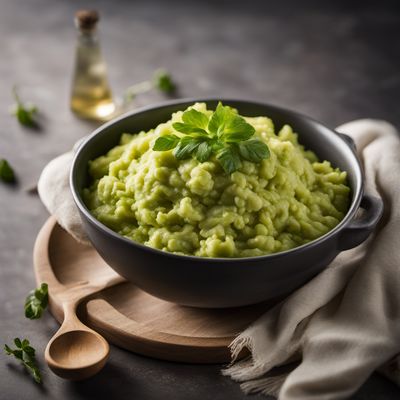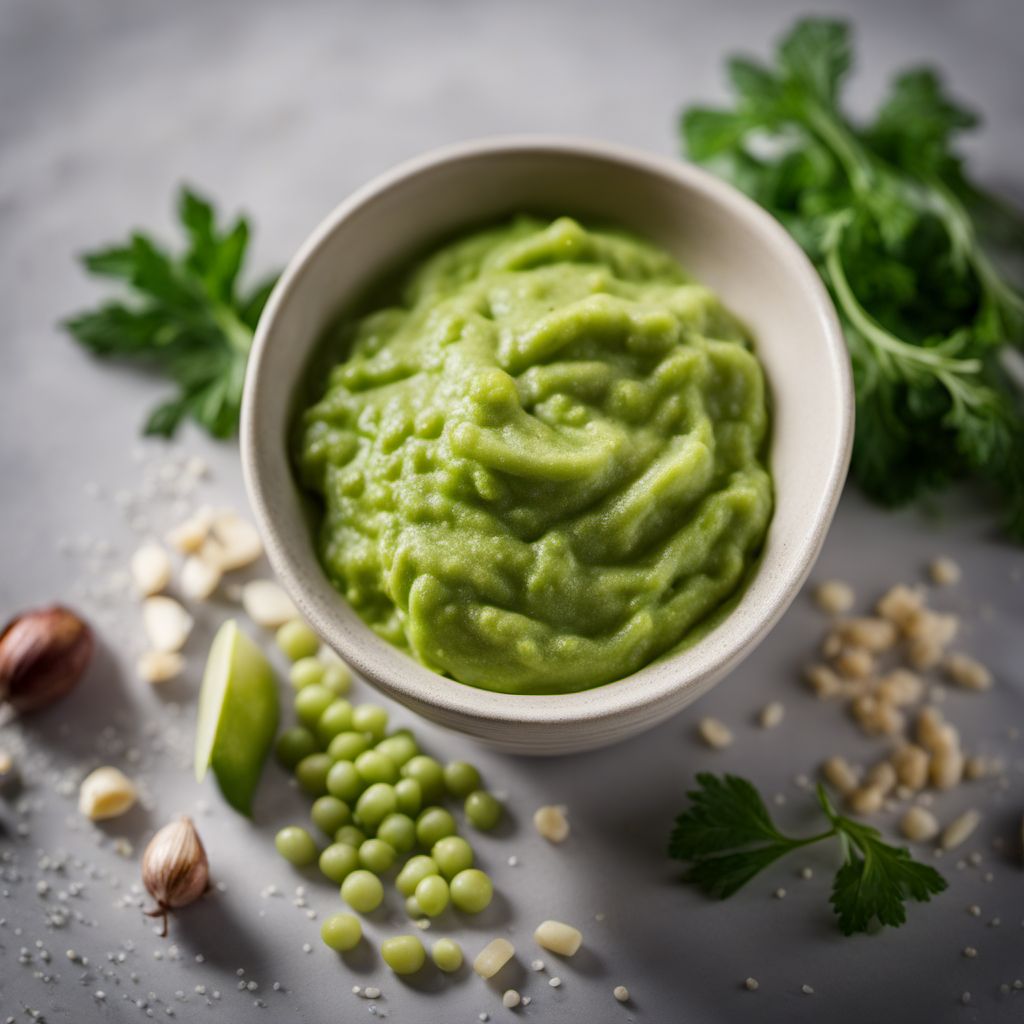
Ingredient
Vegetable puree or paste
Versatile Veggie Blend
Vegetable puree or paste is made by blending cooked vegetables into a smooth and thick consistency. It can be made from a single vegetable or a combination of different vegetables, offering a concentrated burst of flavor and nutrients. The texture of the puree or paste can vary depending on the vegetables used, ranging from silky smooth to slightly chunky.
Origins and history
The concept of vegetable purees and pastes can be traced back to ancient civilizations, where they were used as a way to preserve and enhance the flavors of seasonal vegetables. In modern times, vegetable purees and pastes have become popular in various cuisines around the world, offering a convenient way to incorporate vegetables into dishes without compromising on taste or texture.
Nutritional information
Vegetable puree or paste is a nutrient-dense ingredient that provides a wide range of vitamins, minerals, and dietary fiber. It is low in calories and fat, making it a healthy addition to meals. The specific nutritional content will vary depending on the vegetables used in the puree or paste.
How to select
When selecting vegetable puree or paste, look for products that are made from high-quality, fresh vegetables. Check the ingredient list to ensure that there are no added preservatives or artificial flavors. If making your own, choose ripe and flavorful vegetables, and ensure they are properly cooked and blended to achieve the desired consistency.
Storage recommendations
To maintain the freshness and quality of vegetable puree or paste, store it in an airtight container in the refrigerator. Use it within a few days to ensure optimal flavor and texture. If freezing, transfer the puree or paste into freezer-safe containers or bags, and label them with the date for easy identification.
Preparation tips
Vegetable puree or paste can be used in a variety of ways in the kitchen. It can be added to soups, stews, and sauces to enhance their flavor and thickness. It can also be used as a base for dips, spreads, and dressings. Additionally, vegetable puree or paste can be incorporated into baked goods, such as muffins or bread, to add moisture and nutrients.
Culinary uses
Vegetable puree or paste is commonly used in dishes from various cuisines around the world. It is a staple in Mediterranean cooking, where it is used in dishes like ratatouille and baba ganoush. In Indian cuisine, vegetable puree or paste is often used as a base for curries and gravies. It is also a popular ingredient in Mexican cuisine, where it is used in salsas and enchilada sauces.
Availability
Vegetable puree or paste is widely available in grocery stores, supermarkets, and specialty food stores. It can also be made at home using fresh vegetables and a blender or food processor.
More ingredients from this category
Recipes using Vegetable puree or paste » Browse all

Kostelske Hrge with Mushroom Sauce
Savory Slovenian Delight: Kostelske Hrge with Mushroom Sauce

Italian-style Hot Pot
Mediterranean Seafood Stew
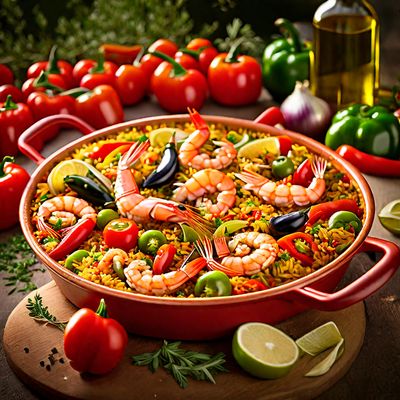
Croatian-style Seafood Paella
Adriatic Delight: Croatian Seafood Paella

Creamy Shrimp Stew
Savor the Richness: Creamy Shrimp Stew - A Taste of Brazil
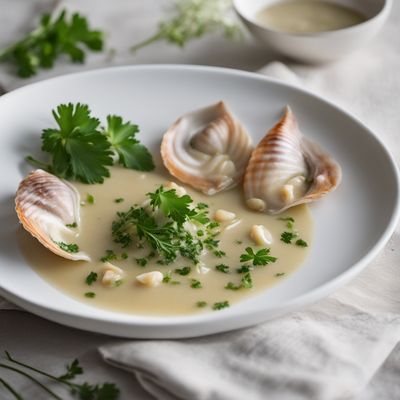
Coquillade de la baie de Somme with Herb Butter Sauce
Seashell Delight: A French Coastal Culinary Delight
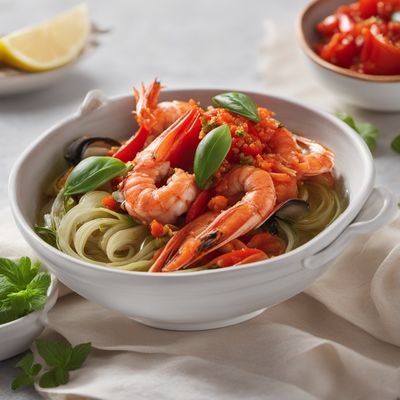
Zarzuela de Mariscos with a Mediterranean Twist
Mediterranean Seafood Stew: A Symphony of Flavors

Virgin Islands Seafood Stew
Tropical Delight Seafood Stew

Sichuan Spicy Cabbage Soup
Fiery Sichuan Cabbage Delight

Janjetina ispod peke (Bosnian Style)
Savory Bosnian Roasted Lamb
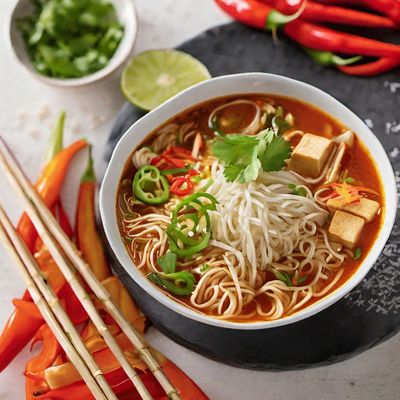
Vegetarian Laksa
Savor the Flavors of Vegetarian Laksa: A Malaysian Delight with a Plant-Based Twist
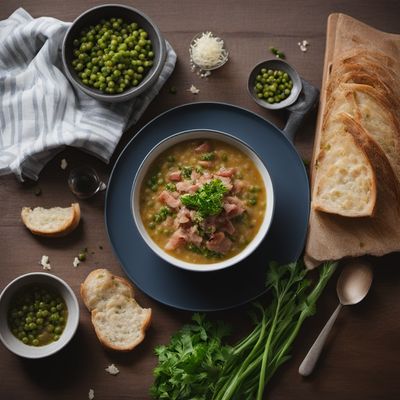
Bisi in Tecia with Pancetta and Parmesan
Savory Spring Pea Stew with Pancetta and Parmesan
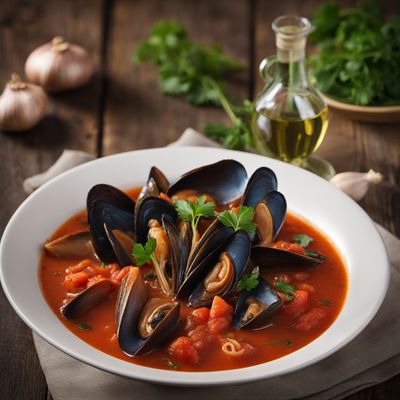
Zuppa di Muscoli with Tomato and Garlic Broth
Mediterranean Seafood Delight: Zuppa di Muscoli
